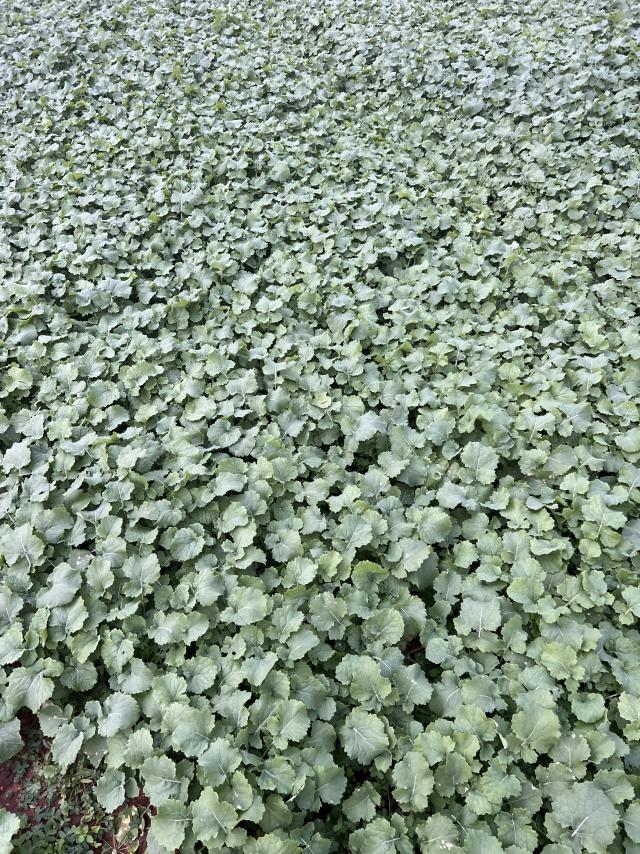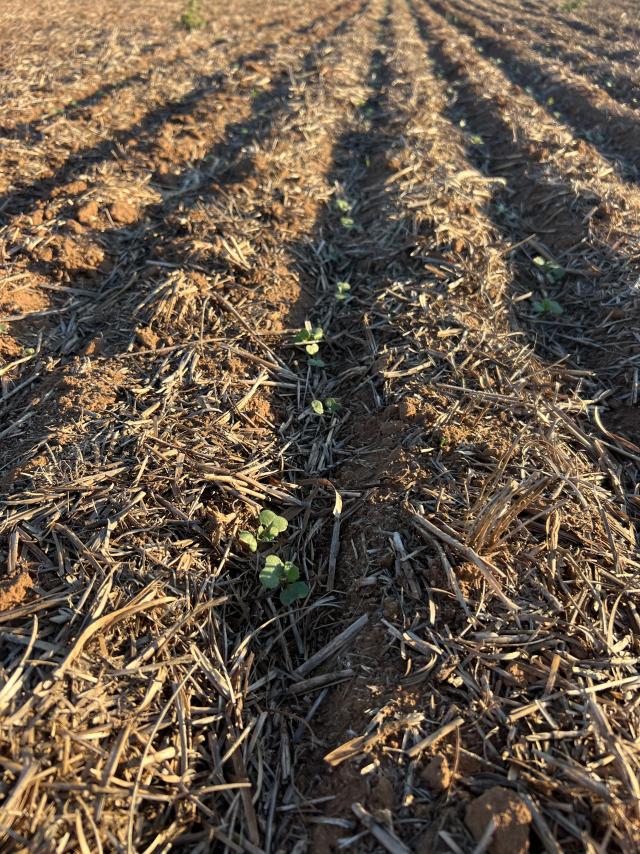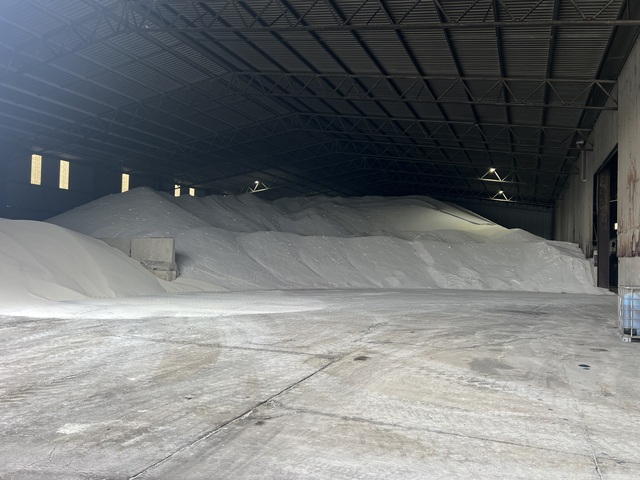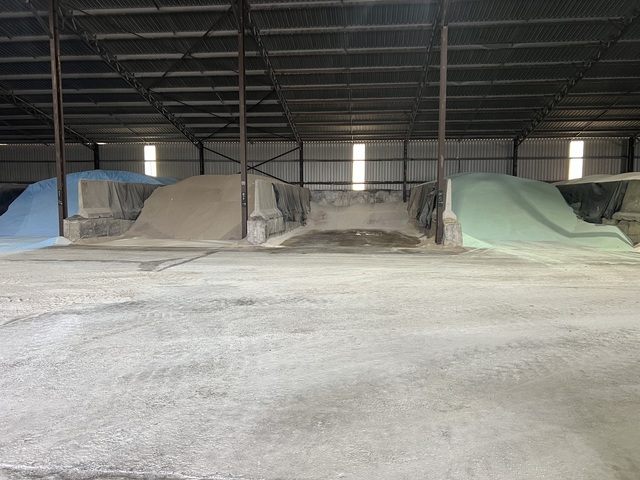From July 2 , Sustainable Grain Australia (SGA) ramped up paperwork for farmers with even more red tape for growers to navigate. This is driven by the International Sustainability and Carbon Certification (ISCC), which is European based, and they will be instructing SGA to implement it.
The concept of sustainable crop production is sound, but if we are to venture down the European route it will inevitably drown farmers in paperwork and feature many requirements completely inappropriate for Australian farmers.
If you think European farmers are happy with the direction of EU Ag policy, then ask yourself why tractors clogged Paris, Brussels, Berlin and London in protest.
Australia’s peak grain bodies need to be on top of this and speak out for all Australian farmers before it gets even more out of hand. Let farmers get on with producing food in a challenging environment without bombarding them will ill-conceived and expensive regulations and red tape.
Canola comparison
This year’s late start means crops are about six weeks behind where farmers would like to see them. Wheat, barley and lentils can still make a good crop given a kind finish.
Canola is going to be a challenge. Canola needs a fair bit of biomass to produce maximum yield and it will be interesting to see how it pans out this season.
I have included a photograph of canola taken on the same date 12 months apart. Lentils need to develop a reasonable biomass as well, but this is mostly important so headers can reap the crop with a decent amount of growth enabling easy pick up off the deck.
Handy rain events boost confidence
Last week’s rain events heralded the single biggest rain amount for the year for many farmers. Despite crops being well behind last season, many growers took advantage of forecast rainfall to splash out plenty of white stuff (urea) ahead of both periods of rainfall.
When the rain finally did arrive, farmers were relieved that their investment will have washed into the soil profile and not vanished into the air. Some handy rainfall totals over the past week below.
Cliff Fabry from Owen celebrated his birthday on June 28, which also happened to be his season break tip – he should be quite happy with his birthday present.
Rainfall from last seven days:
Corey Blacksell (Pinnaroo) – 13mm
Glen Bubner (Alma) – 23mm
Andrew Plueckhahn (Manoora) – 14mm
Darryn Schilling (Bute) – 27mm
Richard Fabry (Long Plains) – 35.5mm
Ben Mudge (Inkerman) – 22mm
Brodie Pearson (Darke Peak) – 20mm
Wayne Molineux (Tarlee) – 16mm
Matt Vogt (Hamilton) – 7.5mm
Trevor Cliff (Kimba) – 9mm
Jim Franks (Mallala) – 23mm
Andrew Parkinson (Riverton) – 20mm
Steve Schiller (Tanunda) – 34mm
Pat Redden (Clare) – 14mm
Andrew Parker (Hoskins Corner) – 19mm
Brian Parker (Owen) – 23mm
Composter (Smithfield North) – 29mm
Chris Chapman (Hoyleton) – 18mm
Justin Zweck (Blyth) – 11mm
Darren Lowe (Pinkerton Plains) – 26mm
Gaye Kuerschner (Black Rock) – 3.5mm
Wayne Davis (Jamestown) – 9mm
Balaklava High School – 24mm
Agfert introduces another N-Shield product
What’s your favourite colour? Agfert has another useful urea product available now. The green N-Shield NBPT has a urease inhibitor designed to enhance nitrogen efficiency.
N-Shield NBPT offers up to 28 days protection from volatilisation. The Blue N-Shield Dual Urea is their more advanced dual-action nitrogen management solution.
This product combines powerful urease and nitrification inhibitors to ensure maximum nitrogen retention from your urea.
N-Shield Dual Urea offers the same benefits of N-Shield NBPT with the additional benefits of a nitrification inhibitor. Or you can stick with the traditional white product, which you must apply directly before a rain to minimise any losses to the atmosphere.
It will be interesting to see how these two products sit. In a low rainfall year like this, the peace of mind factor is compelling. Throwing out your expensive nitrogen boost just became a little less stressful.









